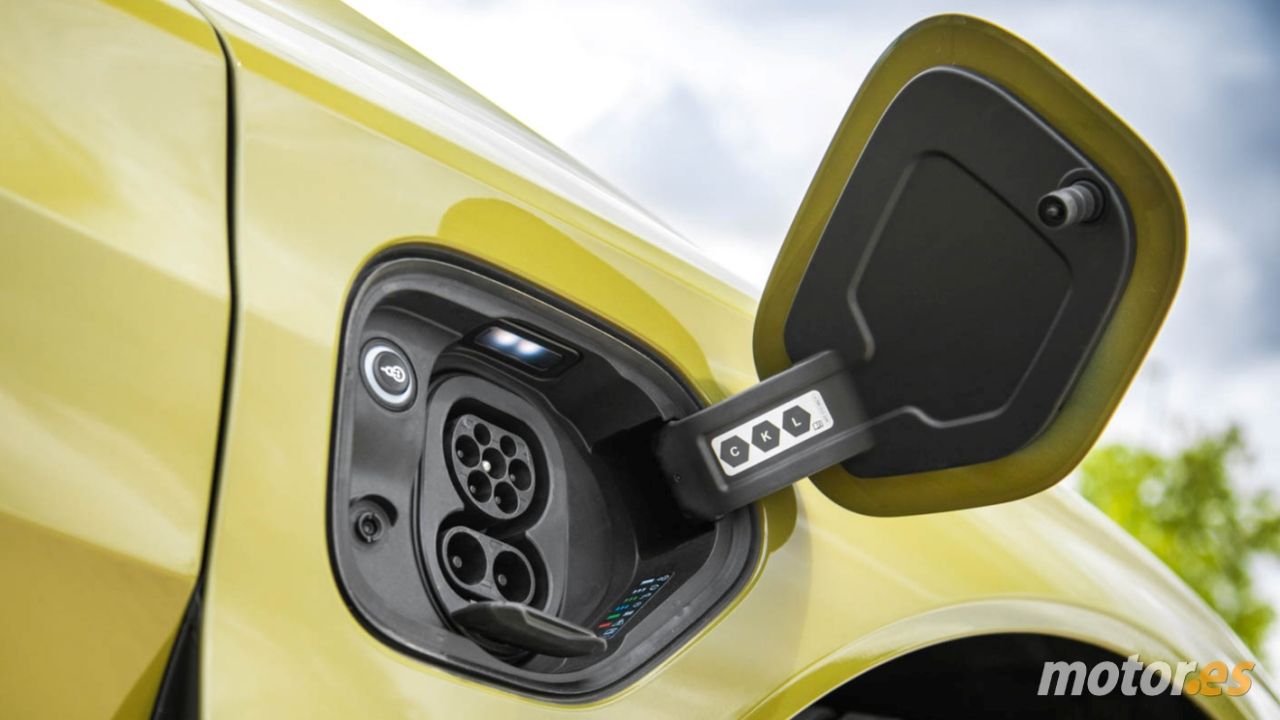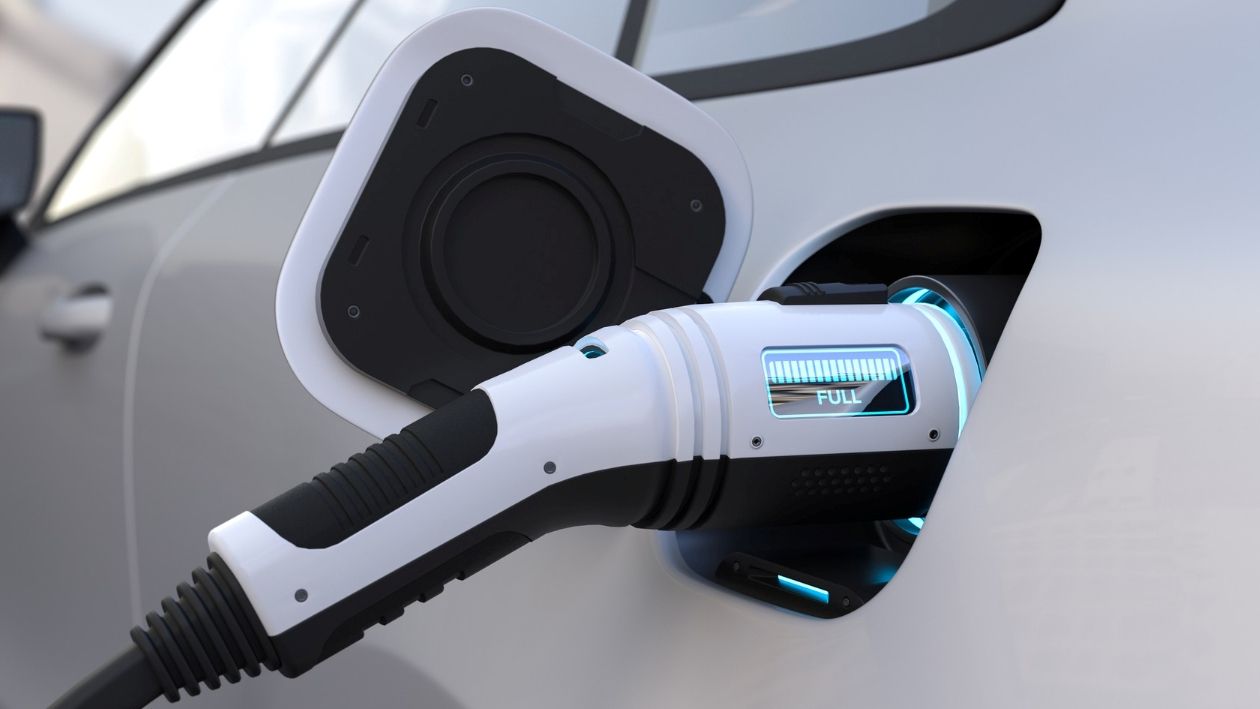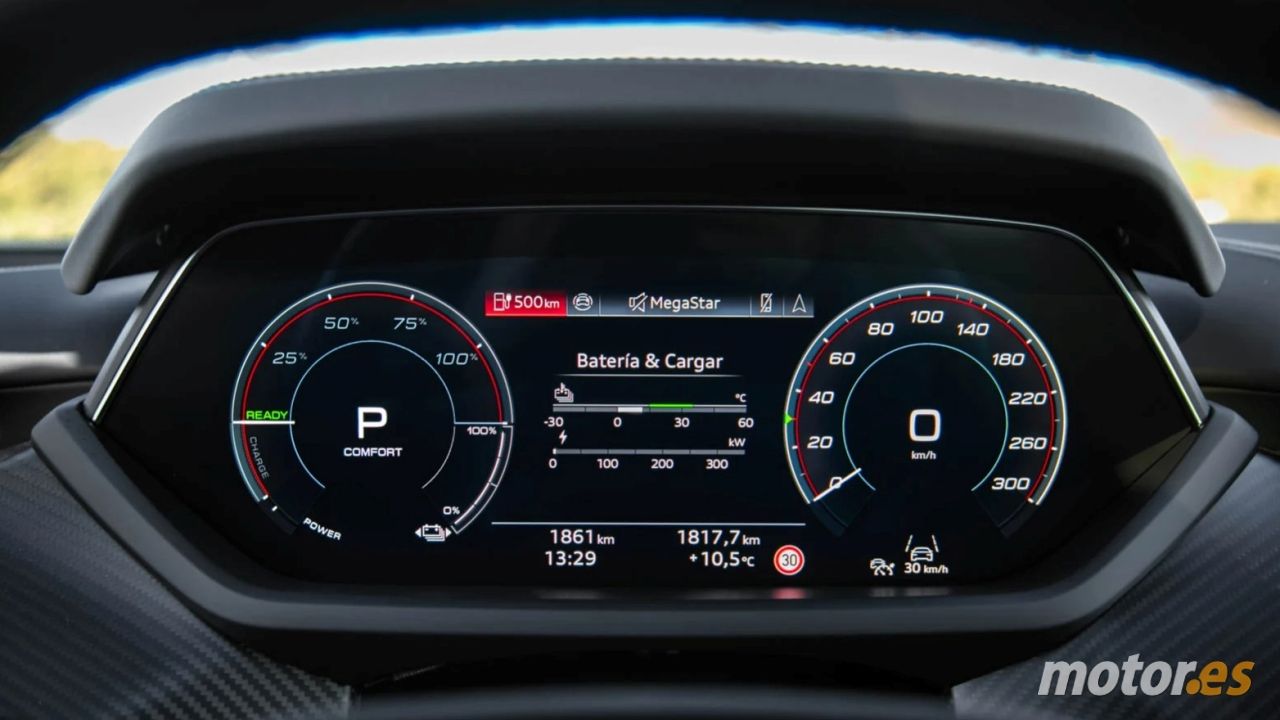Why Battery Preconditioning of an Electric Car Influences Performance and Reliability
Electric cars have many advantages. But, like thermal vehicles, they require certain habits for the driver to maximize their potential. Battery preconditioning is one of the most relevant aspects in plug-in vehicles.

Battery preconditioning in an electric car is a key process to maximize performance and lifespan.
This procedure, which consists of bringing the battery to an optimal temperature before driving or charging, directly influences the efficiency, range, and protection of the vehicle's energy storage system.
The Importance of Temperature in Batteries
The batteries of electric cars, mostly composed of lithium, have an ideal temperature range for operation. For example:
- The NMC batteries (nickel, manganese, and cobalt) perform best between 20 and 25 °C.
- The LFP batteries (lithium iron phosphate) require temperatures close to 40 °C for optimal charging.
When the battery temperature is outside this range, its performance decreases drastically.
In cold conditions, the chemical reactions inside the battery slow down, reducing the capacity to deliver energy and increasing its consumption. This can double energy expenditure on short trips and decrease range.
On the other hand, charging a cold battery is also slower and less efficient. Fast charging under these conditions can even damage the cells, accelerating their degradation and reducing their lifespan.

Benefits of Preconditioning
Considering all of the above, we can determine that the process of preconditioning:
- Improves charging speed and efficiency: a cold battery needs more time to charge because chemical reactions occur more slowly. By preconditioning the battery, it reaches an ideal temperature that facilitates ion flow, allowing for fast and efficient charging.
- Increases range: when a battery is at the right temperature, it operates at maximum efficiency. This is crucial in cold climates, where range can be significantly reduced. Preconditioning minimizes this impact, allowing the vehicle to cover greater distances on a single charge.
- Protects the battery and extends its lifespan: extreme temperatures, both high and low, negatively affect battery health. Preconditioning prevents cells from experiencing thermal stress, reducing the likelihood of premature degradation and maintaining long-term storage capacity.
How Preconditioning Works
In modern electric cars, this process is carried out automatically through the vehicle management system, which evaluates factors such as charge status, planned route, and weather conditions.
Additionally, some models allow manual activation or require the user to take certain actions, such as forcing the process by selecting a charging station in the car's navigation system.
For example, in Tesla vehicles, the system preconditions the battery when a stop is planned at a Supercharger. However, if a different charging station is desired, it may be necessary to manually program the destination.
The preconditioning process usually lasts around 15 minutes and adjusts the battery temperature by heating or cooling it as necessary. This ensures that the vehicle can start charging efficiently as soon as it arrives at the station.

For the preconditioning process to be successful, it is advisable to:
- Plan routes in advance: using the navigation system to schedule intermediate stops optimizes the charging process and reduces time at stations.
- Manually activate if necessary: in models that do not fully automate it, the user must take steps to ensure the battery is in optimal condition.
- Use preconditioning even in warm climates: although it is especially relevant in winter, this process also prevents overheating in high temperatures.
It is clear, therefore, that battery preconditioning is a fundamental step to maximize performance, range, and reliability of an electric car.
This process, supported by modern thermal management technologies, not only enhances the driving experience but also protects one of the most expensive and crucial parts of the vehicle: its battery.
Investing time in understanding and utilizing this functionality can make a big difference in the efficiency and durability of an electric car, making every kilometer traveled more sustainable and cost-effective.
* This news is an AI translation of the original content. Motenic.com is part of Motor.es.

